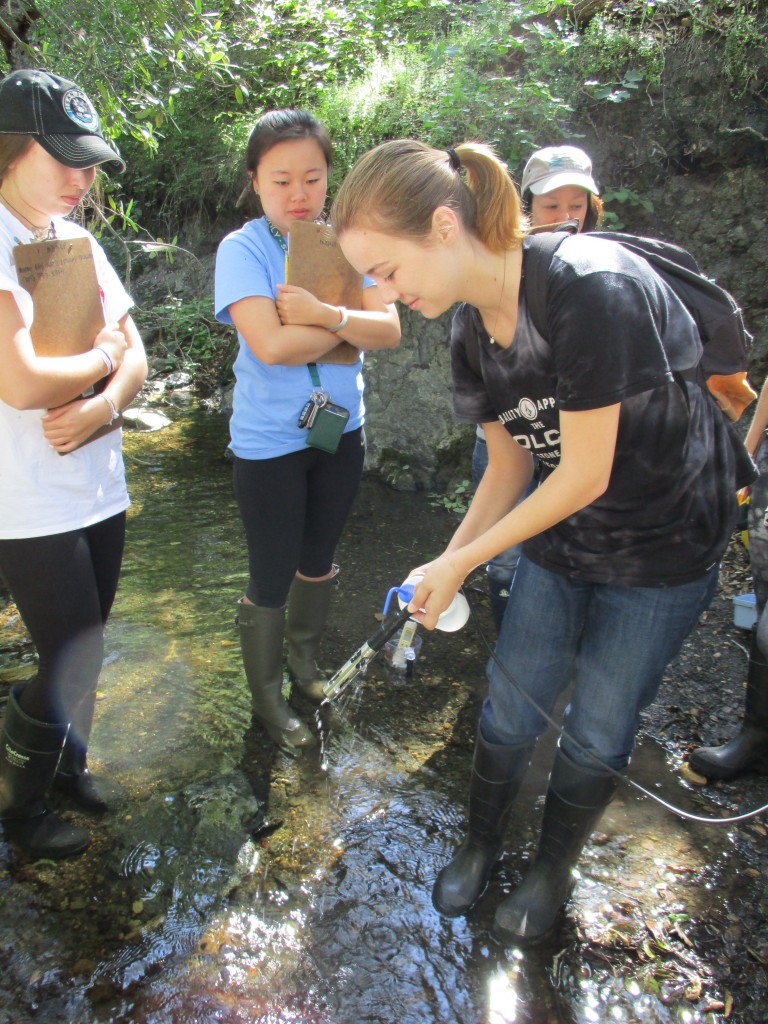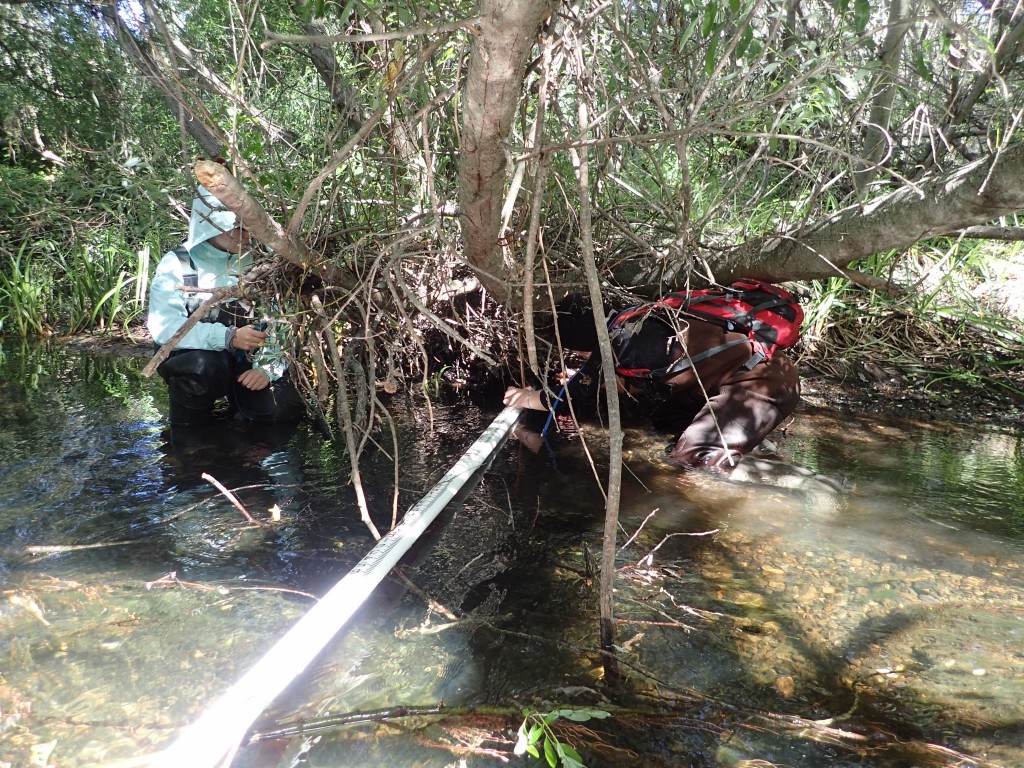Bioassessment Training
We kicked off our spring bioassessment season with our annual training. We had 27 volunteers attend.




Bioassessment Surveys
The field season is underway. Four of our eight surveys for the year have been completed with the assistance of 13 dedicated volunteers.





Subscribe to get the Estuary Program’s blog delivered to your inbox each week!
Donate to help the Estuary Program protect and restore Morro Bay.